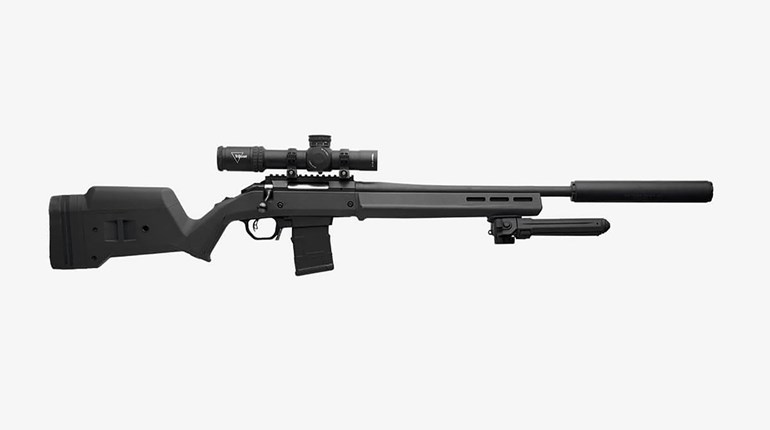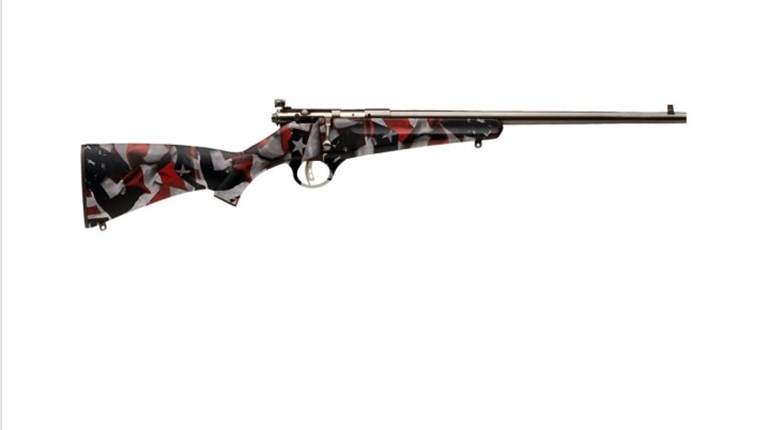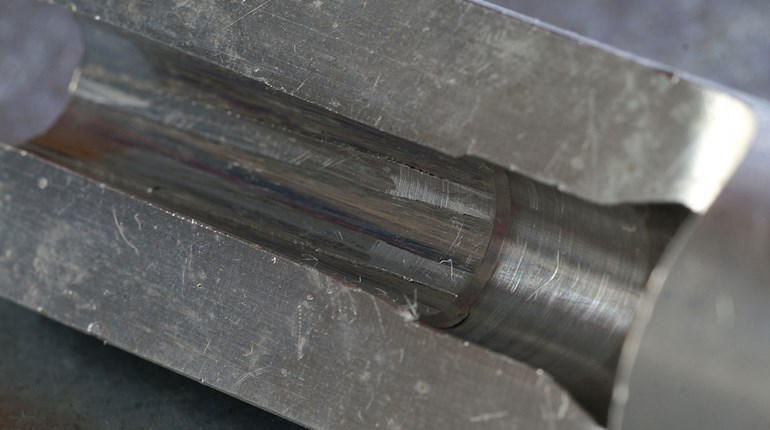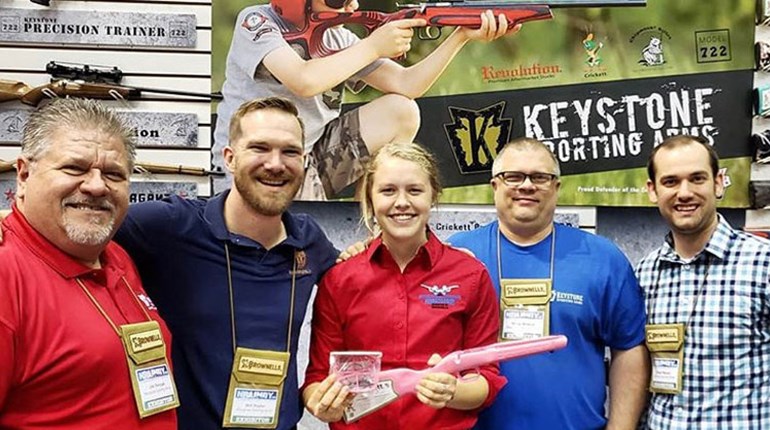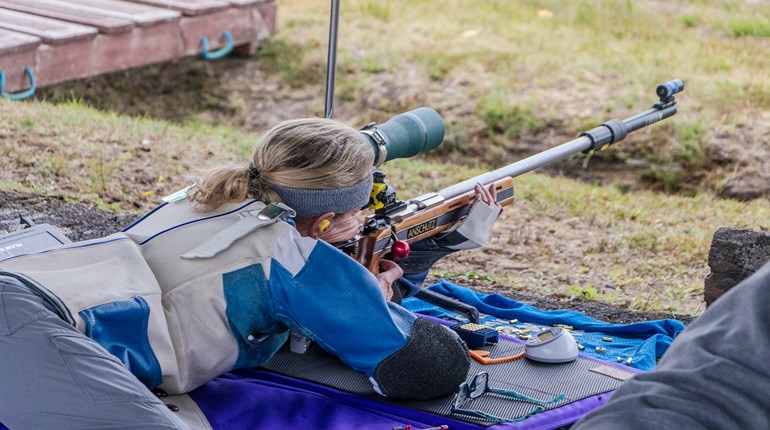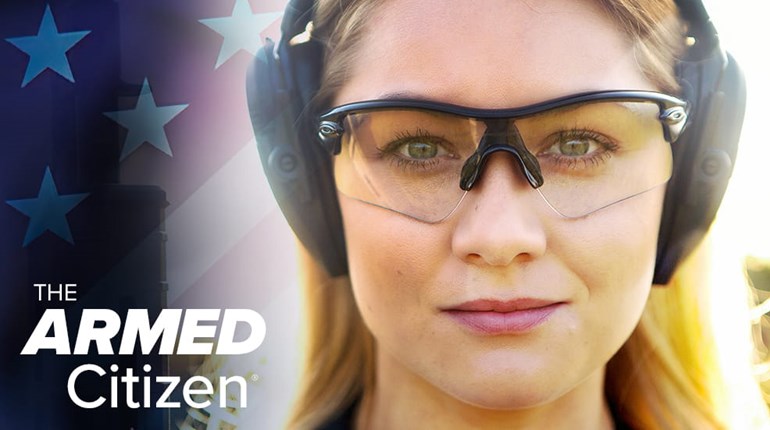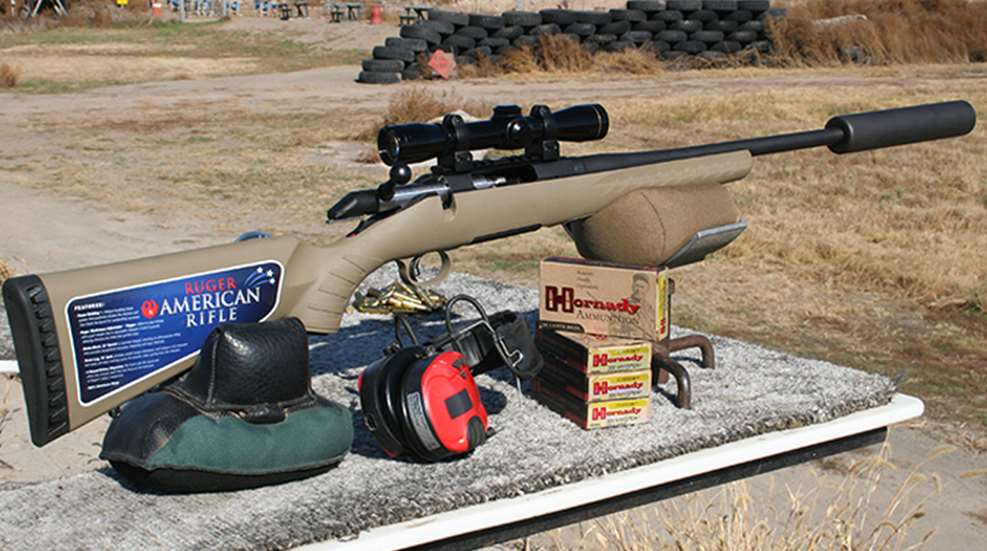
In 1988, I began the quest to find the perfect rifle, and arrived at the Ruger M77RS in .30-‘06. It had a number of features I was looking for; Mauser-style extractor, high-quality iron sights, tang safety, integral scope bases and a hinged floor plate. When picking my first rifle, a lot of my research was based on stories I read, poring over ballistics charts and factory information on which bullet weights and energy levels were required to take certain types of North American game. Twenty-six years later, knowing what I know now, my "perfect first rifle" is still a Ruger: the American Rifle Ranch model chambered in .300 Blackout.
Why is this? Well, one of the first things a new shooter should consider is muzzle blast. Specifically, a new shooter should consider a rifle cartridge that reduces muzzle blast. Muzzle blast is possibly the foremost contributor to poor shooting habits, perhaps even more so than recoil. Of course, recoil can also be a major factor for determining how much a new shooter will enjoy the sport.
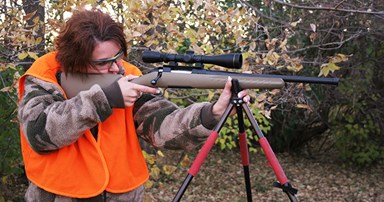 The Ruger American Rifle Ranch's new chambering in .300 Blackout really helps with both factors. It has very little muzzle blast, even with lightweight bullets. The .300 Blackout has a fairly low volume case capacity, which means there isn't a lot of propellant. Second, the bullet is large in diameter in comparison to the cartridge case. This means that as the bullet moves down the barrel, the volume increases very quickly and the gases from the burning propellant are at a very low pressure when the bullet leaves the muzzle.
The Ruger American Rifle Ranch's new chambering in .300 Blackout really helps with both factors. It has very little muzzle blast, even with lightweight bullets. The .300 Blackout has a fairly low volume case capacity, which means there isn't a lot of propellant. Second, the bullet is large in diameter in comparison to the cartridge case. This means that as the bullet moves down the barrel, the volume increases very quickly and the gases from the burning propellant are at a very low pressure when the bullet leaves the muzzle.
This doesn't mean that the gun isn't loud when you fire it, of course. You'll still need ear protection, but there is much less noise and concussion than when firing something like a .243 or .270 Win. There is also less recoil-much less recoil. Imagine a jet engine: When the gas comes out the back of the engine, it has enough force to push an airplane into flight. The muzzle of a gun is doing the same thing, but on a much smaller scale. The .300 Blackout, having much lower muzzle pressure, makes a lot less recoil.
Introduced in 2012, the American rifle line is a pleasant departure from Ruger's excellent line of more traditional rifles. The Ruger American Ranch has an MSRP of only $489, and "street price" is probably closer to $400. Normally, a $400 price tag says this rifle should be an inexpensive and very basic gun. That could not be further from the truth. The Ruger American Ranch is loaded with features and feels absolutely awesome in the shooter's hands.
As a long-time Ruger fan, one of the features that really got my attention was the Marksman adjustable trigger, which can be set from 3 to 5 pounds; it breaks like a pane of glass. The short-throw bolt is one of the quickest handling and cycling bolt actions I've felt in a long time, and there was very little break-in required. The push-feed style extractor is large and strong, as is the ejector. The detachable magazine holds six cartridges, with one in the barrel. Ruger advertises five rounds in the magazine, but no complaints about the 6th round here. The 16-inch, 1:7-inch twist barrel has a threaded muzzle that fit every 5/8x24-inch muzzle device I had to screw onto it, including a suppressor. The one feature that the American Ranch does not have is iron sights. It does, however, have a rugged, one-piece steel scope base, which comes installed. (I chose the Leupold VX-1 3-9x40 mm scope.)
Two different loads were tested. The first was factory Hornady .300 Blackout 110-gr. V-MAX ammo, and the second was a handload that has worked very well for me in the past. It features a 178-gr. A-MAX bullet loaded to 1,700 feet per second (fps).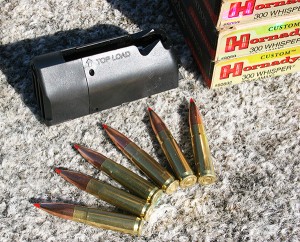
The Hornady 110-gr. V-MAX factory load did very well. It's loaded to 2,350 fps, and has a flat enough trajectory that it's effective to 300 yards. Beyond 300 yards trajectory becomes an issue, and unless a shooter has a scope that can be dialed or a reticle that has hold overs, it can be challenging. Accuracy was better with the handload, but that is not uncommon. The advantages to the 178-gr. A-MAX bullet are mass and efficiency in flight. It suffers a bit in the trajectory department, but at the slightly lower velocity, wind drift is minimal and it retains enough velocity to expand well to 200 yards or so.
Amazingly, even with all the features and sub-MOA accuracy, the rifle costs less than my 1988 Ruger M77RS. It might just be the perfect first rifle for a new shooter.













